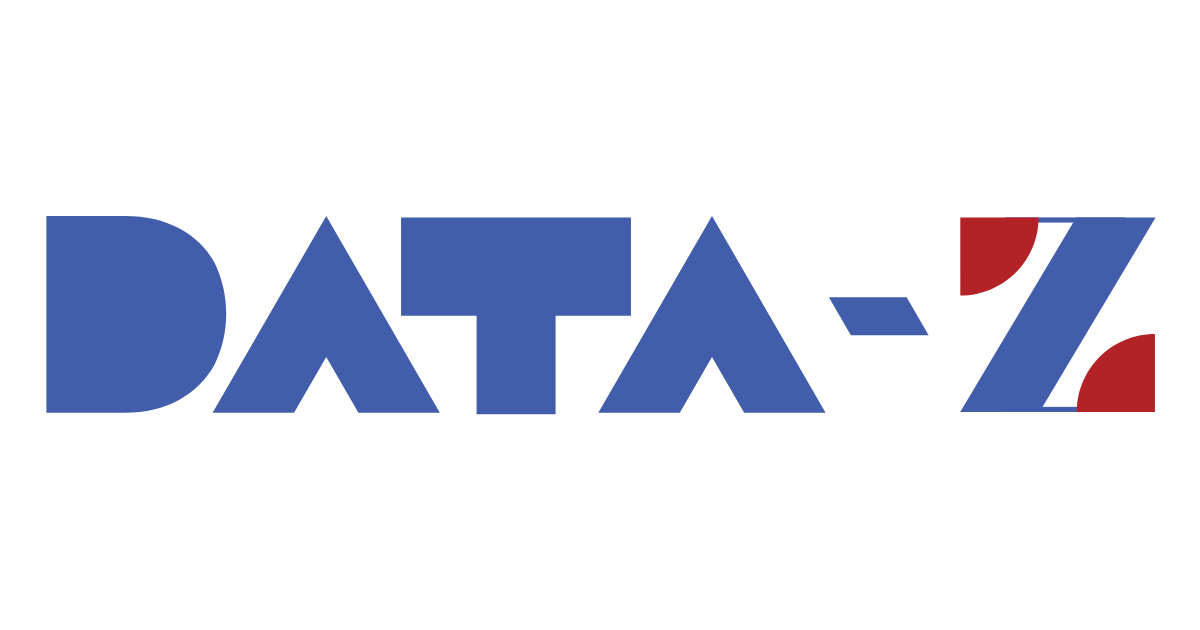Pandemic Programs Expire, Leaving States with Major Funding Gaps
States face a significant loss of federal dollars as temporary pandemic-related programs initiated in 2020 come to an end and national fiscal pressures intensify. Imagine federal contributions snapping back to 2019 levels, even after adjusting for inflation.
The fallout? States' primary governments could collectively face a funding gap surpassing $300 billion—a staggering shortfall equivalent to nearly 10% of their projected expenses. This isn't abstract economics; it's a direct threat to some state’s essential services, from education and healthcare to infrastructure, and it reveals an outsized reliance on the federal government that threatens state autonomy.
As pandemic-era programs fade and national budget pressures mount, this scenario is no longer hypothetical—it's increasingly probable, demanding urgent fiscal prudence from state leaders.
As illustrated in the chart depicting federal grants and contributions to states from 2015 to 2024, the influx of federal dollars has skyrocketed in recent years, particularly during the COVID-19 pandemic. What began as a “necessary rescue” package ballooned from $745 billion in 2019 to an astonishing peak of $1.5 trillion in 2021. While this aid has tapered off somewhat, with 2024 levels of federal funding still hovering well above pre-pandemic benchmarks, a critical question looms: What happens when the federal faucet runs dry? This surge may have bolstered state finances, but its temporary nature masks a deeper vulnerability—states may have grown dangerously dependent on this unsustainable windfall.
Dependence not only exposes states to financial instability but also undermines their rights and sovereignty, as federal grants frequently come with conditions and mandates that coerce states into adopting national policies, potentially infringing on their autonomy under the principles of federalism. As highlighted in this op-ed in the Washington Examiner by Jennifer Butler, on federal agency “guidances,” which often accompany federal funding, "when Washington’s 'preference papers' masquerade as law, state priorities get displaced, budgets get bent, and elected officials are reduced to compliance officers for the permanent federal bureaucracy."
It's time for state and local governments—from the smallest towns to the largest states—to rise to the challenge and adopt Truth in Accounting's full accrual accounting standards, including our model legislation for the Fiscal Transparency and Accountability Act. By embracing these honest and transparent practices, leaders can make informed policy decisions with a clear view of the government's true costs. This empowers everyday citizens— hardworking families and individuals who deserve a fair shot—to thrive without the burden of hidden debts and fiscal surprises. Otherwise, they may continue to suffer from the uncertainties of federal dependence. For guidance on implementation, visit “How to Change Accounting Standards.”
The following amounts reflect the loss in federal grants and contributions if we return to 2019 levels, adjusted for inflation. States like Arizona (facing an 18% hit to expenses), Kentucky (16%), Louisiana (18%), Missouri (16%), Nebraska (16%), Nevada (a whopping 22%), North Carolina (14%), Oklahoma (21%), and South Dakota (19%) could be hit hardest, forcing painful choices, forcing tough choices:.cut programs, raise taxes, or pile on more debt, all at taxpayers’ expense.
This analysis is part of the recently released Financial State of the State report by Truth in Accounting. For a comprehensive understanding of the fiscal challenges facing states, read the full report here.
|
State |
Projected Loss |
Percentage of Estimated Primary Government Expenses |
|---|---|---|
|
Alabama |
$2.9 billion |
8% |
|
Alaska |
$699 million |
6% |
|
Arizona |
$12.1 billion |
18% |
|
Arkansas |
$1.3 billion |
4% |
|
California |
$37.8 billion |
8% |
|
Colorado |
$7.2 billion |
14% |
|
Connecticut |
$2.3 billion |
5% |
|
Delaware |
$1.3 billion |
10% |
|
Florida |
$11.1 billion |
8% |
|
Georgia |
$7.5 billion |
10% |
|
Hawaii |
$1.9 billion |
10% |
|
Idaho |
$1.9 billion |
12% |
|
Illinois |
$16.1 billion |
15% |
|
Indiana |
$5.8 billion |
11% |
|
Iowa |
$1.7 billion |
5% |
|
Kansas |
$2 billion |
8% |
|
Kentucky |
$7.3 billion |
16% |
|
Louisiana |
$8.4 billion |
18% |
|
Maine |
$1.8 billion |
13% |
|
Maryland |
$5.3 billion |
8% |
|
Massachusetts |
$8.8 billion |
9% |
|
Michigan |
$7.7 billion |
8% |
|
Minnesota |
$3.9 billion |
6% |
|
Mississippi |
$1.7 billion |
7% |
|
Missouri |
$6.5 billion |
16% |
|
Montana |
$704 million |
7% |
|
Nebraska |
$2.4 billion |
16% |
|
Nevada |
$4.1 billion |
22% |
|
New Hampshire |
$652 million |
6% |
|
New Jersey |
$9.4 billion |
10% |
|
New Mexico |
$3.4 billion |
11% |
|
New York |
$17 billion |
6% |
|
North Carolina |
$11.5 billion |
14% |
|
North Dakota |
$1.2 billion |
11% |
|
Ohio |
$8.6 billion |
9% |
|
Oklahoma |
$6.5 billion |
21% |
|
Oregon |
$6 billion |
12% |
|
Pennsylvania |
$8.5 billion |
7% |
|
Rhode Island |
$1.2 billion |
9% |
|
South Carolina |
$3.7 billion |
9% |
|
South Dakota |
$1.3 billion |
19% |
|
Tennessee |
$4.3 billion |
8% |
|
Texas |
$22.7 billion |
10% |
|
Utah |
$2.7 billion |
12% |
|
Vermont |
$859 million |
9% |
|
Virginia |
$9.2 billion |
12% |
|
Washington |
$6 billion |
6% |
|
West Virginia |
$1.3 billion |
7% |
|
Wisconsin |
$4.2 billion |
8% |
|
Wyoming |
$660 million |
12% |

